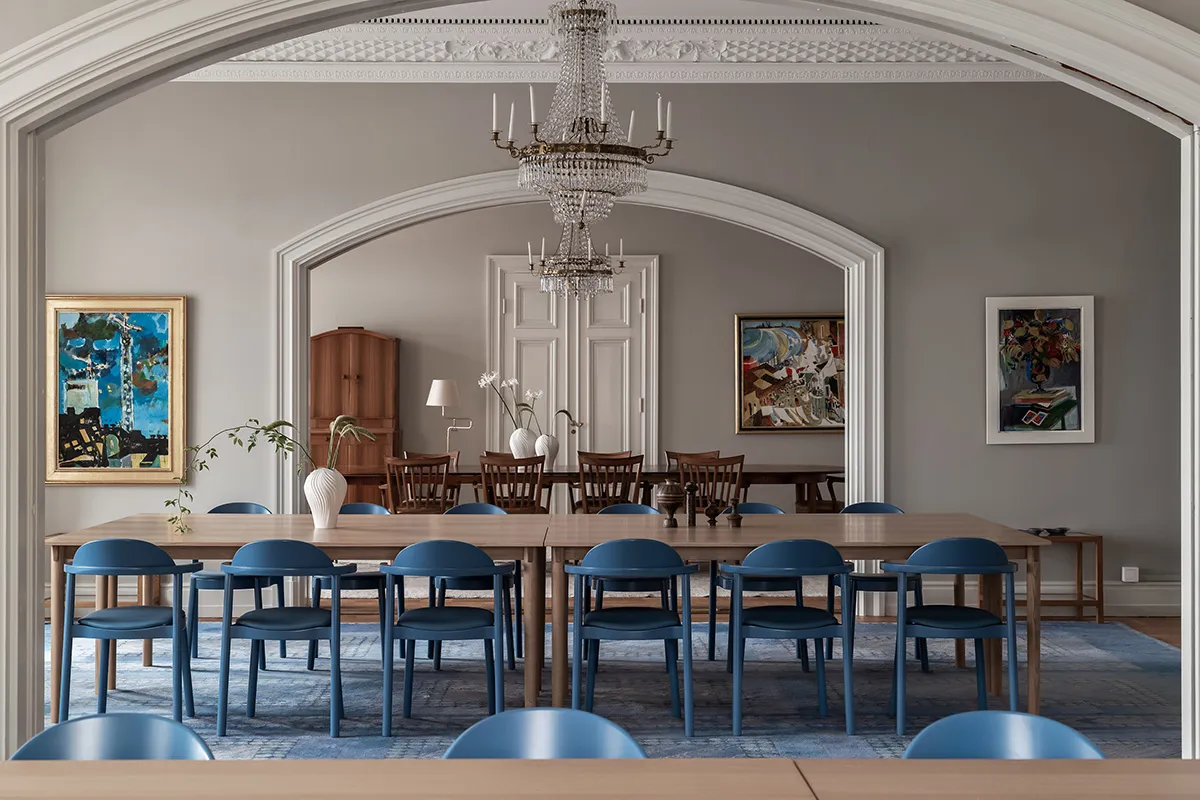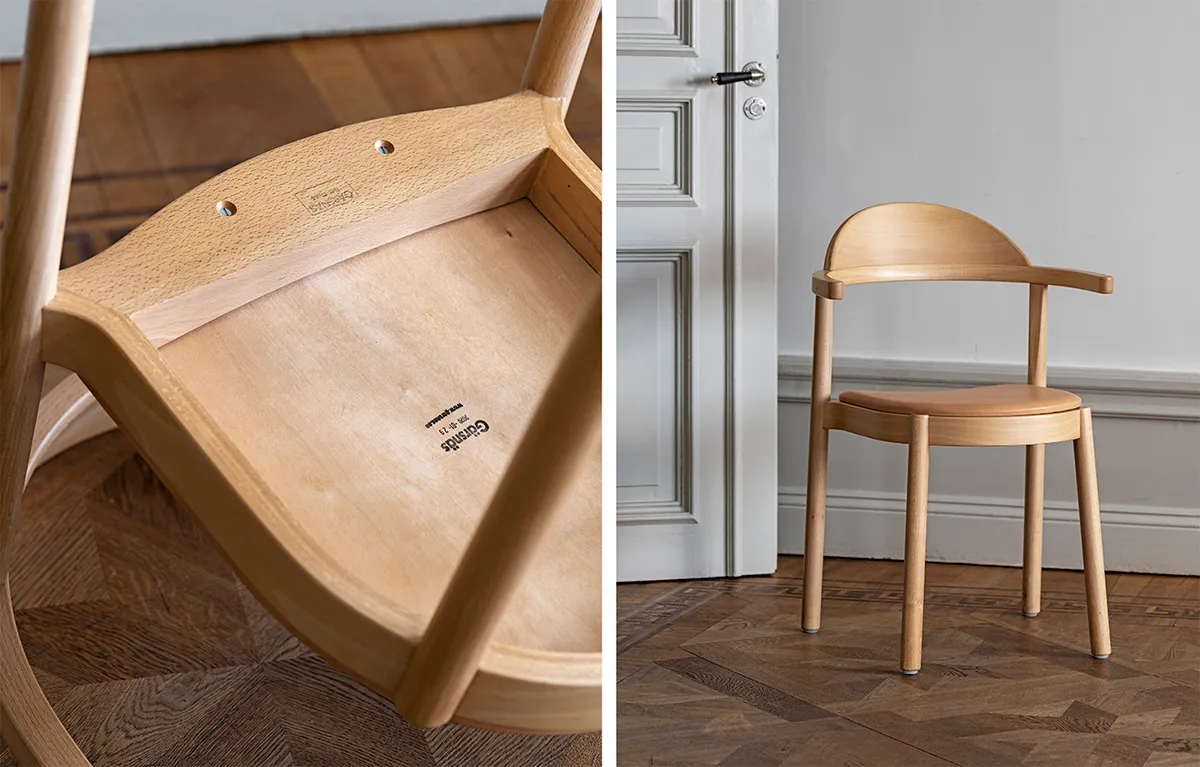Reuse is a vital component in our plan
We are moving towards a circular world. By 2030, we will be completely climate/environmental neutral in accordance with our vision.
Reuse is a vital component in our plan. The idea is to take special care of used Gärsnäs furniture, to renovate it in various degrees and give a new lease of long life. Well-used, worn Gärsnäs furniture can be like new again and live on for decades.
“The reuse and renovation of our furniture is ever higher on our agenda. It is crucial. Our furniture is like our children; we take responsibility after it has left the factory, we want to be a lifelong partner. We will be there when help is needed,” says Dag Klockby, CEO, Gärsnäs. “We will continue to manufacture furniture, but new times will favour this kind of sustainable management. Quality furniture will be preferred to mass-produced items that get thrown away.”

The renovation market is already growing. In just two-three years, it has risen sharply. “Reuse is becoming an ever-larger part of our operations. It isn’t less profitable than making new furniture,” says Dag. Gärsnäs has less need to purchase new materials and reuses what it can. That varies by product between 50% and 70% of existing materials.
Reuse should not be complicated. Renovation is based on need, taste and budget. There may be various levels of renovation. Perhaps a chair does not need to be highly polished to look like “new wood”, but can retain its patina and maturity, although maybe get a new seat or new fabric or leather. “A smart, functional system of reuse also promotes the sale of new furniture because buyers know that Gärsnäs takes its responsibility seriously. It’s mutually beneficial,” says Dag Klockby. It is cheaper than buying new and the total cost is divided by the lifespan of the furniture. “It is a good deed that does not impact the environment and reusing materials is best for the future.”
Gärsnäs already has a system for renovating and refurbishing furniture that has performed long and faithful service. Furniture for the public space undergoes strict tests to attain certification. In terms of functionality alone, it is durable furniture that resists wear in restaurants, bars, libraries and public departments. For example, the Riksdagen chair, designed by Åke Axelsson for the Swedish Parliament in the early 1980s, was made to facilitate disassembly and refurbishment. Over the years, these chairs have returned to Gärsnäs for repairs, reupholstery or repainting. The current maintenance plan runs until the 2040s; that is 60 years since they were made. Talk about durability.

Another fine example is the large number of SAR chairs, also designed by Åke Axelsson, in 1982, which received a total upgrade under the management of Modgroup. After getting new seats, fresh paintwork and blue upholstery, they are now back at work at Handelsbanken, better than ever. A similar renovation has been performed for Chalmers University of Technology and its Gästis chairs. Norstedts förlag, the publisher, has renovated and repainted its Light & Easy chairs and the Swedish Environmental Protection Agency has given its faithful S-217 chairs new surface treatment and upholstery – for the second time.
When buying new Gärsnäs furniture, we inform you how to take the best care of it, so renovations will be even further in the future. And when the time comes, our concept is to collaborate with local, authorised workshops that can do the job. This will help minimise transportation.


